8 Experimental Film
Experimental Film
Unlike mainstream narrative cinema, which is part of a film industry whose primary aim is to make a profit, experimental cinema has different goals. Sometimes the goal is simply to experiment with the form of cinema to see how far it can be pushed. Sometimes the goal is to give representation to cultures and lifestyles often missing from mainstream cinema. Sometimes the goal is to make a political statement and share it as widely as possible. Funding for these experimental projects is quite different from mainstream sources too. An experimental film might aim to have no costs at all so that it can be further removed from the profit-goals of traditional narratives – all equipment and labor would be donated, in this case. An experimental film might be funded by a grant aimed at supporting the arts generally. Lastly, exhibition for these experimental films uses circuits outside of mainstream theaters. Some experimental films are shown in museums or galleries as installation exhibits; some are shown at universities as part of screening series; some are shown as “events” in living rooms, rented halls, or after-hours community spaces.
The main principle for many experimental projects is to be avant-garde, French for “vanguard”, or ahead of the times. The term “avant-garde” has been adopted by art studies, but it is originally a military term which describes scouts who move ahead of the main army to test out new terrain. Applied to art and cinema, “avant-garde” describes a willingness to experiment, find radical new forms, or cover unorthodox subjects. What we find over the course of film history is that experimental filmmakers will often discover this new terrain through experimentation, and then mainstream film will adopt these radical techniques, turning them into conventions of film language. In this way, the main army, or mainstream film, catches up to the avant-garde in order to make use of the new terrain. For example, the experimental documentary Koyaanisqatsi (1982) extensively used time-lapses to show the effects of human technology on landscapes and urban environments. In 1982, the time-lapse technique was not yet popular and looked quite strange to the average viewer. Nevertheless, when enough mainstream films dipped their toes into this avant-garde technique, it became normalized and has now become an industry standard for showing time passing in a stylistic way. Today, we see time-lapses used quite freely in TV shows, like House of Cards (Willimon, 2013-2018) and Breaking Bad (Gillian, 2008-2013), proving that the cinema “army” has made it to the new time-lapse terrain scouted by experimental film.
Ironically, experimental film does not necessarily feel that it is working with mainstream film, but rather against it. Underground films of the 1950s and 1960s explicitly rejected mainstream films by showcasing sub-cultures that were generally ignored by Hollywood, such as avant-garde artists, hipsters, and queer communities. Kenneth Anger made surrealist films in this era about homoeroticism and the state of American culture. His most famous film Scorpio Rising (1961), about the dissolution of American culture, mixes footage of a biker subculture with provocative images of Nazi emblems and religious iconography, taken from a Christian documentary. The film became both extremely popular among counter-culture communities for its boldness and extremely controversial, becoming briefly banned by a California court.
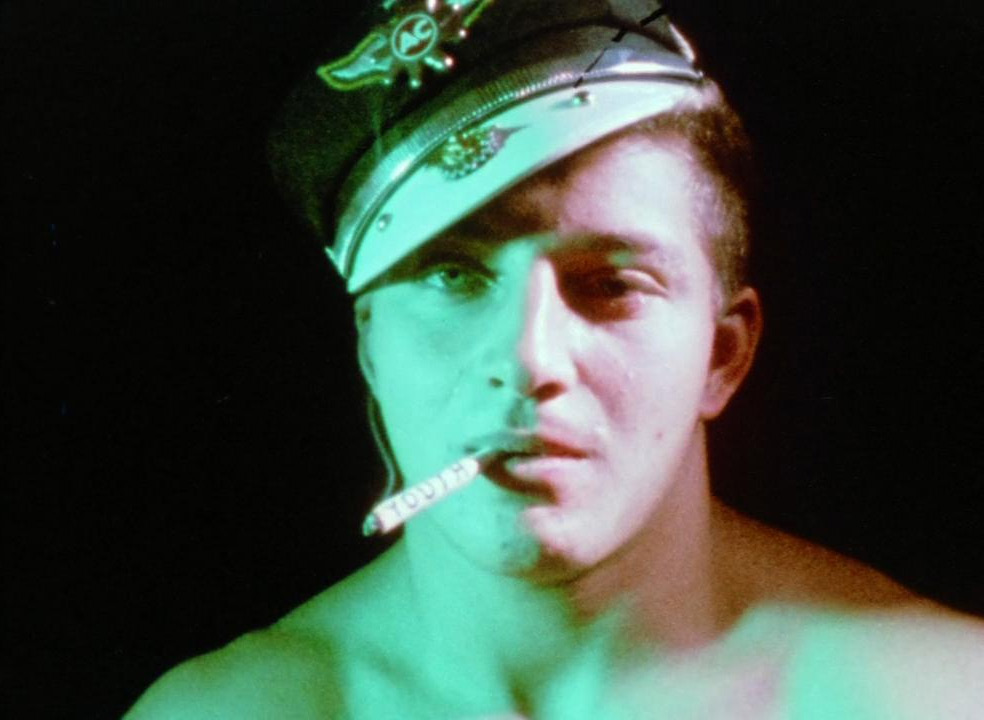
Andy Warhol, best known for his graphic pop art, was also an experimental filmmaker, and many of his films tried to push the boundaries of acceptable film form and subject. Some of his films, such as Sleep (1963) and Eat (1964), quite simply show the titled action being performed in one long take. His film Empire (1964) is an 8-hour long take of the Empire State Building. Very little action happens in this long take – the lighting changes over eight hours and at times a small plane is visible flying in the distance. But generally, the film is meant to be as close to a photograph as possible while still taking the form of film. When Empire screened at a small rented theater for the first time, Warhol encouraged his friends to bring food, entertainment, and company with them. By questioning the conventions of mainstream cinema – who says that a film must be two hours long? – Warhol turned his film into an “event”, similar to the experimental “happenings” of the 1950s and 1960s in the art world.
Some of these same sentiments about film expectations have been adopted in a more accepted high art form, slow cinema. Filmmakers intentionally make slow narrative films that are meant to deviate from Hollywood standards of action and momentum. Abbas Kiarostami’s film Taste of Cherry (1997), a prime example of slow cinema, moves leisurely through Tehran and its surrounding area in a series of long takes that cover undramatic conversations and periods of waiting. Though the film seems quite simple, it is not a passive viewing experience. Kiarostami’s films slow our heartbeat and focus our attention so that we experience sensations differently, newly. Though based in an experimental sentiment, Taste of Cherry won the prestigious Palme d’Or at the Cannes Film Festival and was widely screened across the world, proving that slow cinema is no longer an obscure, avant-garde concept as Warhol’s Sleep, Eat, or Empire.
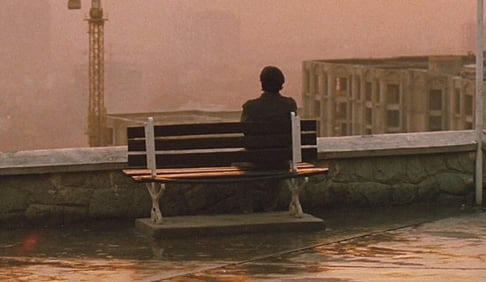
Other experimental films aim to outline a political message through an abrasive style. Most famous for its political filmmaking, Third Cinema of the 1960s and 1970s began in Latin America by arguing against neocolonialism, capitalism, and the profit-oriented system of Hollywood filmmaking. In Argentina, filmmakers Fernando Solanas and Octavio Getino considered themselves “militant” artists whose films were screened in homes at secret meetings and distributed by hand from neighbor to neighbor. Their most groundbreaking work, a three-part film Hour of the Furnaces (1968), critiqued Western influence in Latin America with a collision of images, editing together footage of Western-style discos with global war photographs. The film ends with a bold statement that hands the conversation over to the viewer: “Now it is up to you to draw conclusions, to continue the film. You have the floor.” In this way, Third Cinema asked that viewers not receive the material passively, but be aggravated, shocked, and pushed to action.
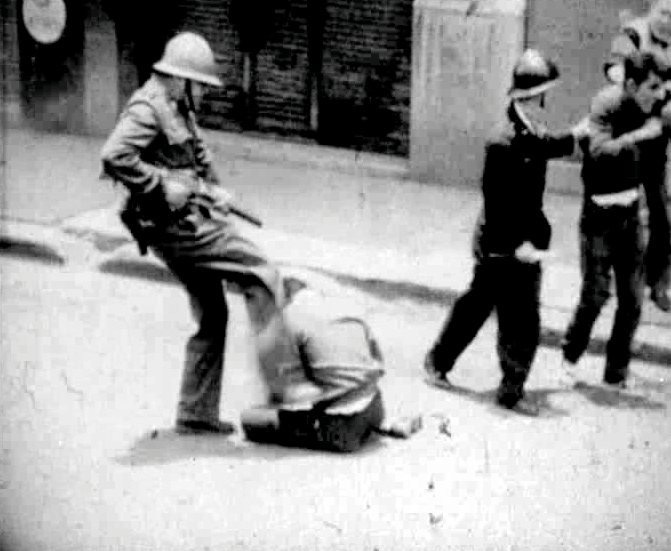
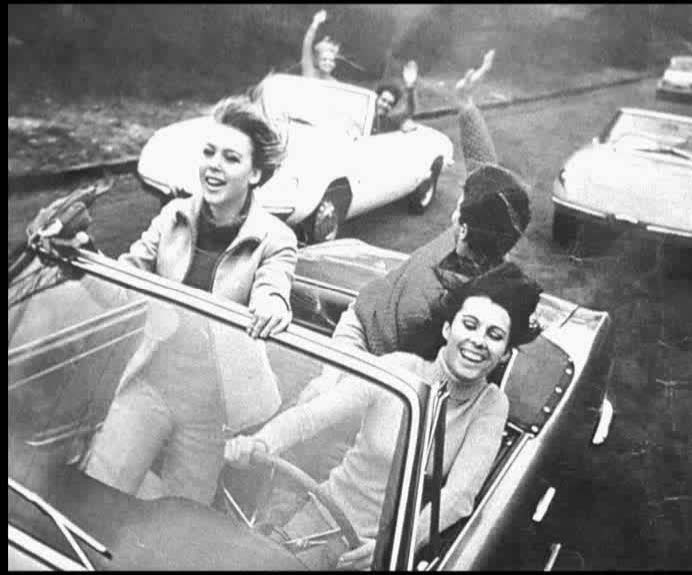
Throughout experimental film history, there have been experiments in film form that push the boundaries of what cinema should look like. Surrealism of the 1920s experimented with bringing surrealist art principles, like collage and non-sequitors, into short film form (See Ch1: Film History). These principles were extended into feature experimental films, like Alejandro Jodorowsky’s The Holy Mountain (1973) and David Lynch’s Eraserhead (1977). Other experimental shorts played with poetic modes of cinema, looking for visual ways to evoke universal themes and mythology. Stan Brakhage’s shorts, like Window Water Baby Moving (1959), explore life, death, sexuality, and nature through silent montages of images and manipulation of the film stock. By scratching and writing on film stock and exposing it in creative ways, Brakhage brings attention to the film medium and its potential shapes. This is pure cinema, a type of experimental film which overcomes audiovisual boundaries and restrictions through the manipulation of its film form. Using the principles of pure cinema, Brakhage’s Mothlight (1963) attaches pieces of grasses, leaves, and moth wings to film stock rather than film these materials. The effect of these materials literally moved through a projector is confusing and breathtaking: they take on abstract shapes and flickering lines, very unlike the original organic material. This experiment brings attention to the unnatural means by which film tends to replicate the natural world, and demands an unfettering of vision from the ‘rules’ of a mainstream cinema. When actually placed through a projector, the natural world becomes a beautiful mess.
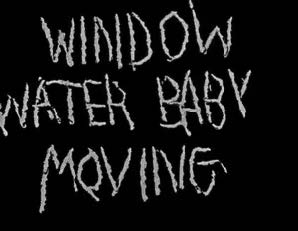
Mothlight (Brackage, 1963)
Such experiments in pure cinema have made their way into small moments of feature film through fantasy sequences and flashbacks. And they are also consistently featured in opening credits of films and TV shows. David Fincher’s Se7en (1995) pays homage to Brakhage in its opening, where crew names are “scratched” into individual frames to create haunting and crackly effects. TV shows Dexter (Manos, 2006-2013) and Halt and Catch Fire (2014-2017) use textural and abstract experimental footage to evoke a tone and mood rather than to explain narrative details, like character, motivation, or setting. Such small touches of experimental film within the more common field of narrative storytelling showcases the creative possibilities of playing with form, style, and expectations.
Key Terms
Avant-garde: Vanguard, or ahead of the times. Avant-garde film is experimental in form, style, and/or subject.
Underground film: Film movements of the 1950s and 1960s that showcased sub-cultures ignored by Hollywood, such as avant-garde artists, hipsters, and queer communities.
Slow cinema: A style of poetic cinema that intentionally deviates form Hollywood standards of action and momentum.
Third Cinema: A political filmmaking movement originating in 1960s and 1970s Latin America that critiques neocolonialism, capitalism, and profit-oriented filmmaking.
Pure cinema: Experimental cinema that focuses on manipulating film material itself, like scratching and painting the celluloid, and creating shapes and forms rather than narrative story.